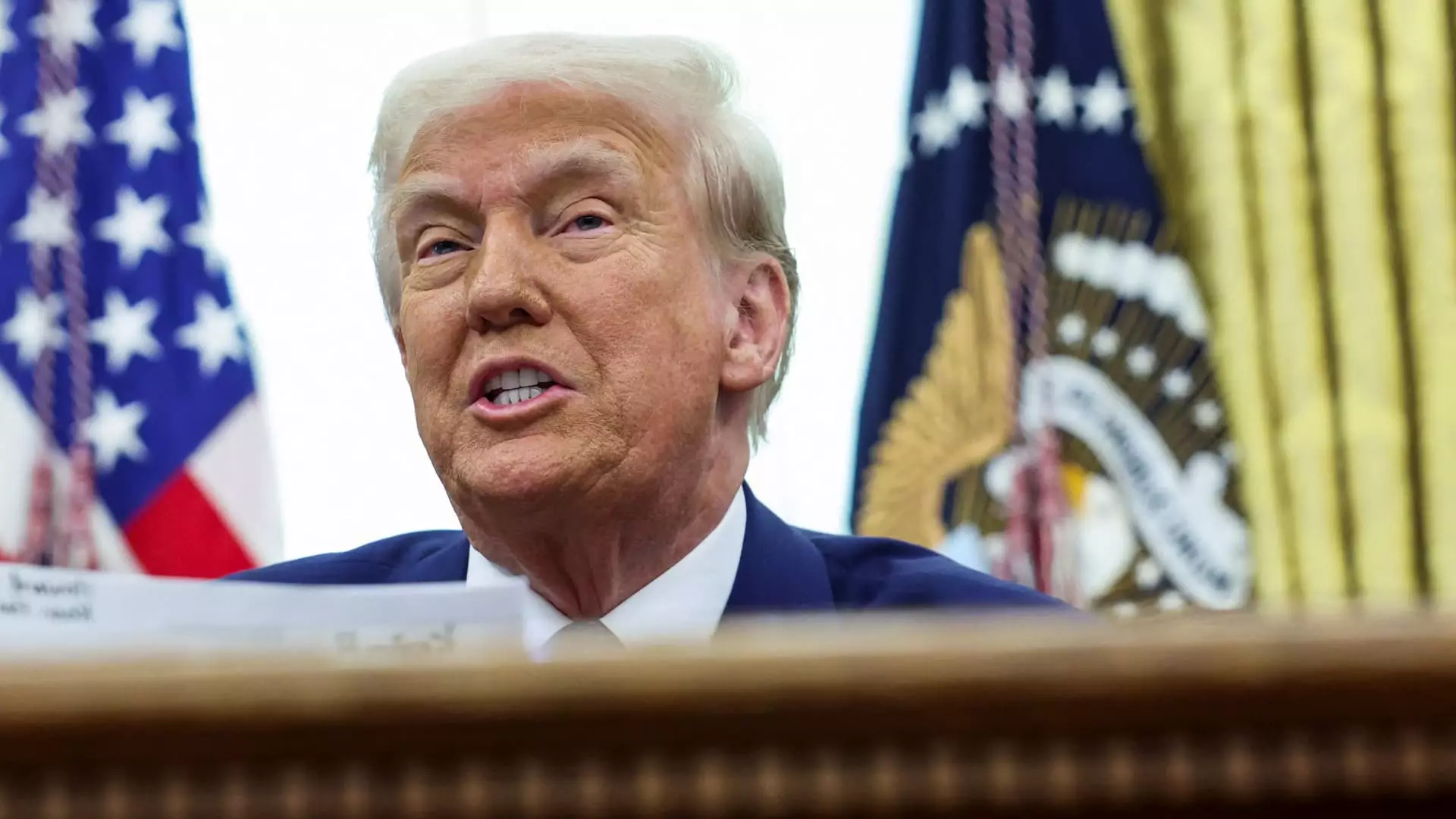The recent announcement by former President Donald Trump regarding potential cuts to U.S. defense spending has sent ripples through the defense stocks landscape. His comments at the White House indicated a willingness to slash military expenditures by a staggering 50% if certain conditions are met in the international arena. This volatility in rhetoric raises critical questions about the future of defense financing and the stability of military-related stocks, creating uncertainty for investors and stakeholders alike.
The Context of Trump’s Remarks
In the context of a proposed summit with leaders from China and Russia, Trump suggested that once global tensions ease, there would no longer be justification for the United States to allocate nearly $1 trillion to military expenses. “When we straighten it all out, then one of the first meetings I want to have is with President Xi of China and President Putin of Russia,” Trump stated, signaling an apparent openness to revisiting global military strategies. The notion of reallocating substantial resources from defense to other sectors implies a fundamental shift in U.S. foreign and defense policy that has not been definitively articulated until now.
The Immediate Market Reaction
The immediate fallout from Trump’s declaration was evident in the stock market, where defense stocks took a hit following his announcement. Companies like Lockheed Martin, Northrop Grumman, and General Dynamics saw significant drops in their share prices: down 1.3%, 2.6%, and 2.1%, respectively. The abrupt decline in stock value underscores the fragility of investor confidence tied to the defense sector, particularly in the face of political rhetoric that threatens established norms around military spending.
Throughout his presidency and ongoing 2024 campaign, Trump’s stance on military expenditure has often been inconsistent. While he champions the need for a robust military and promotes advanced defense technologies, he simultaneously seeks to minimize spending. His engagement with figures like Elon Musk and the initiative to create an “Iron Dome of America” missile defense system seemingly contradict his assertions of cutting back on military spending. Such ambivalence contributes to confusion among industry analysts and investors about the future of defense budgets.
Analysts, like TD Cowen’s Roman Schweizer, highlight the mixed signals emanating from Trump’s administration and campaign, stating that such inconsistencies have left many “confused by a number of different crosscurrents” surrounding defense spending. This uncertainty certainly complicates long-term planning for defense contractors, which heavily rely on government contracts to sustain their revenues.
As the geopolitical landscape continues to evolve, it remains to be seen how Trump’s statements will influence U.S. defense policy and the broader military-industrial complex. Investors and military strategists alike will need to closely monitor both the political landscape and international relations to navigate these turbulent waters. The potential for reassessment of military funding can bring opportunities, but they must be approached with caution given the unpredictability of current and future U.S. policies.

